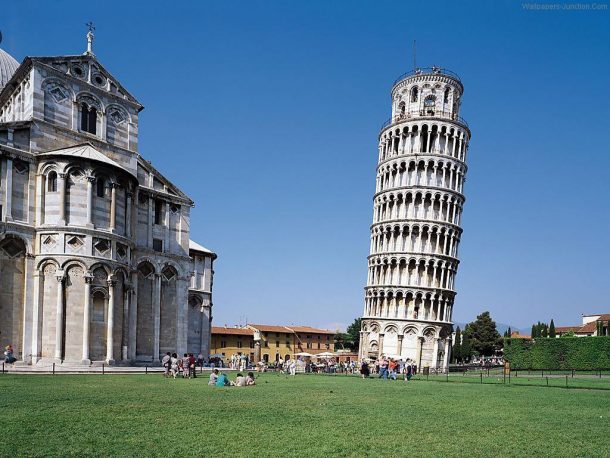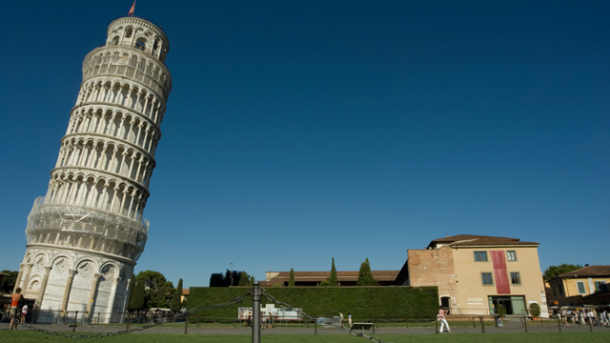The leaning tower of Pisa is perhaps one of the best-known buildings in the world. The restoration work back in the 90s led to the stabilization of the lean. However, the previous 600 years saw the tower stand at a very precarious level. It survived many large earthquakes during that time and a team of engineers has discovered how it was possible.
The lean was evident almost immediately as the second floor was being built in 1178 and it was blamed on the foundation, which was sitting atop soft soil and was too small. The engineers continued their work and added the remaining six stories over 200 years.

The leaning tower of Pisa stood at a five-degree angle for centuries so that the top of the 58 m tower was offset by more than 5 m. It may sound vulnerable but it was able to withstand at least 4 strong earthquakes recorded in the area since 1280. How that came to be remained a mystery until now.
A team of 16 engineers from the University of Bristol and Roma Tre University investigated the issue. They studied the seismological, geotechnical and structural information of the tower and the nearby area. They found that the leaning tower of Pisa had a unique set of characteristics.

They found that the interaction between the soil and the structure on top of it is far more dynamic than other buildings. The soft foundation soil and the tall and stiff tower results in a state where the building does not resonate with the ground motion during the earthquakes.
“Ironically, the very same soil that caused the leaning instability and brought the Tower to the verge of collapse, can be credited for helping it survive these seismic events,” says George Mylonakis, an engineer on the study. The results of the study are going to be formally presented at the European Conference on Earthquake Engineering in Greece next month.


